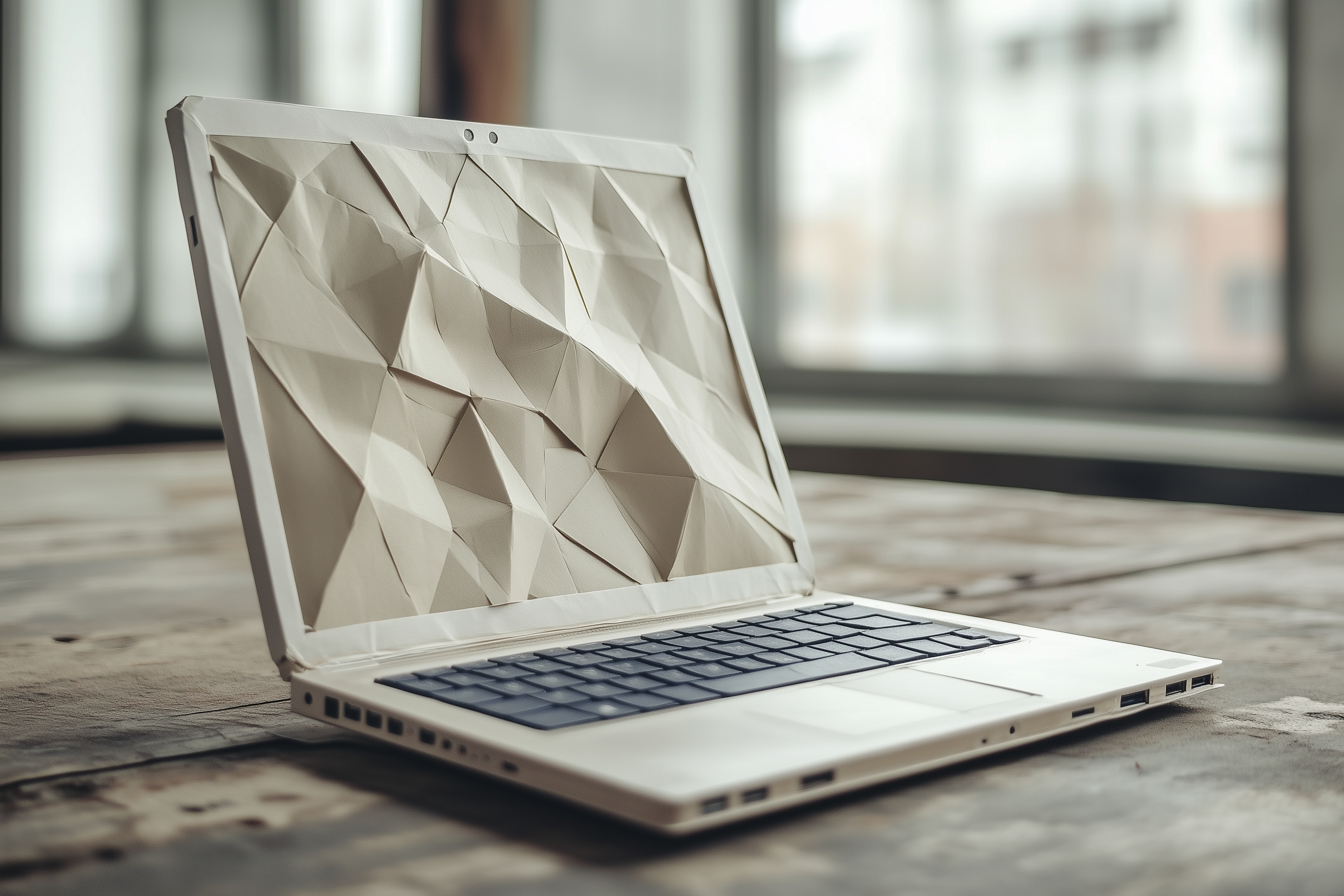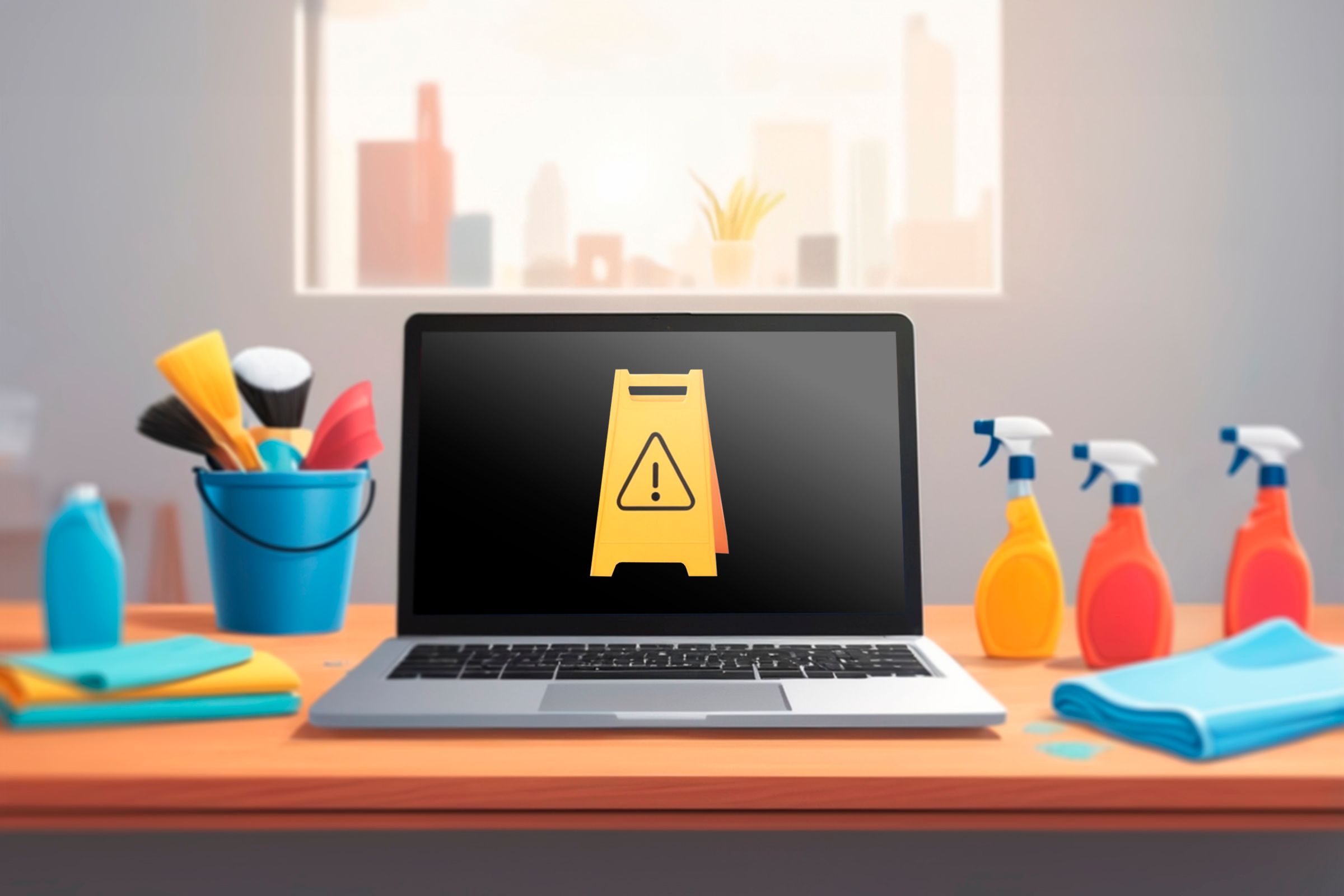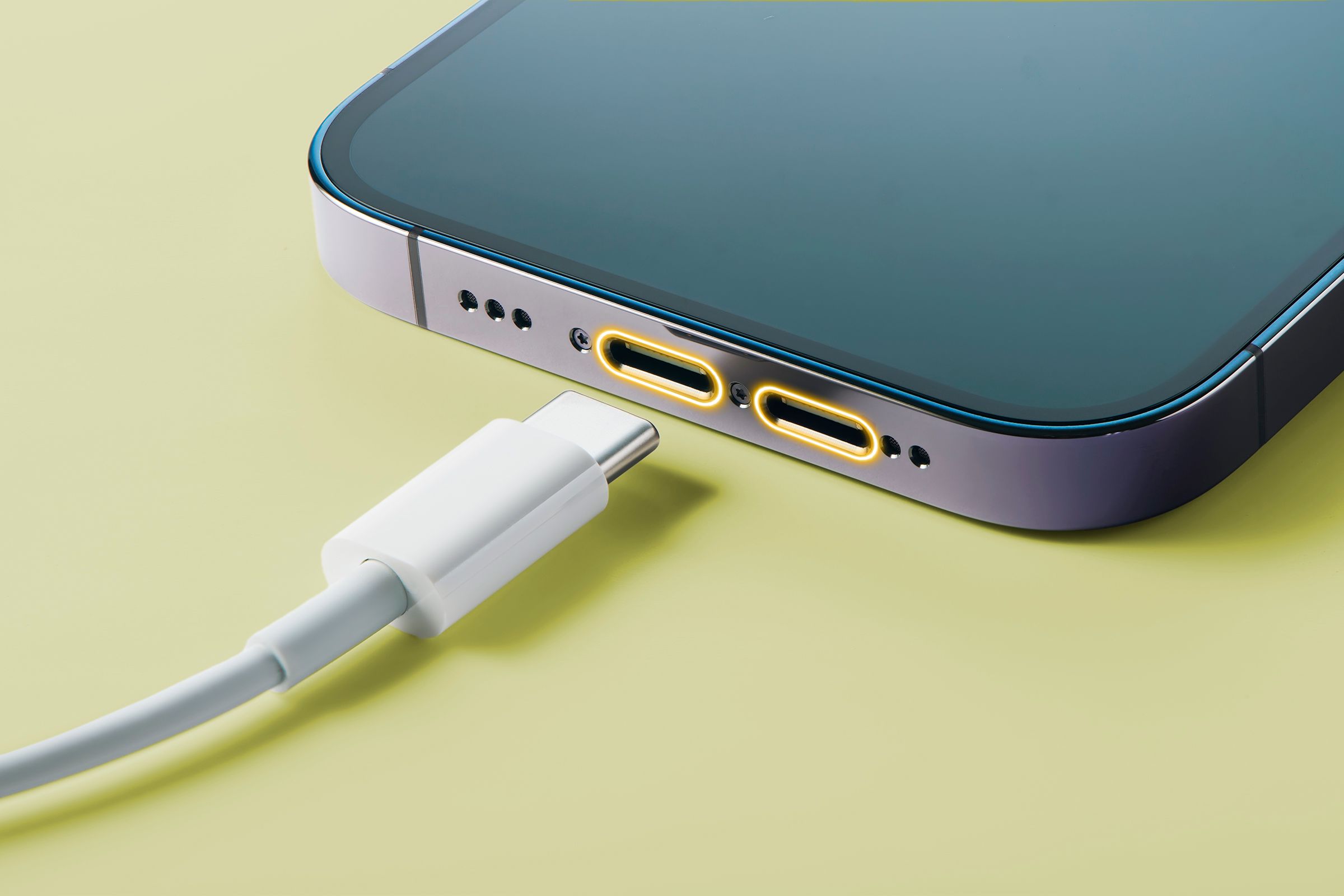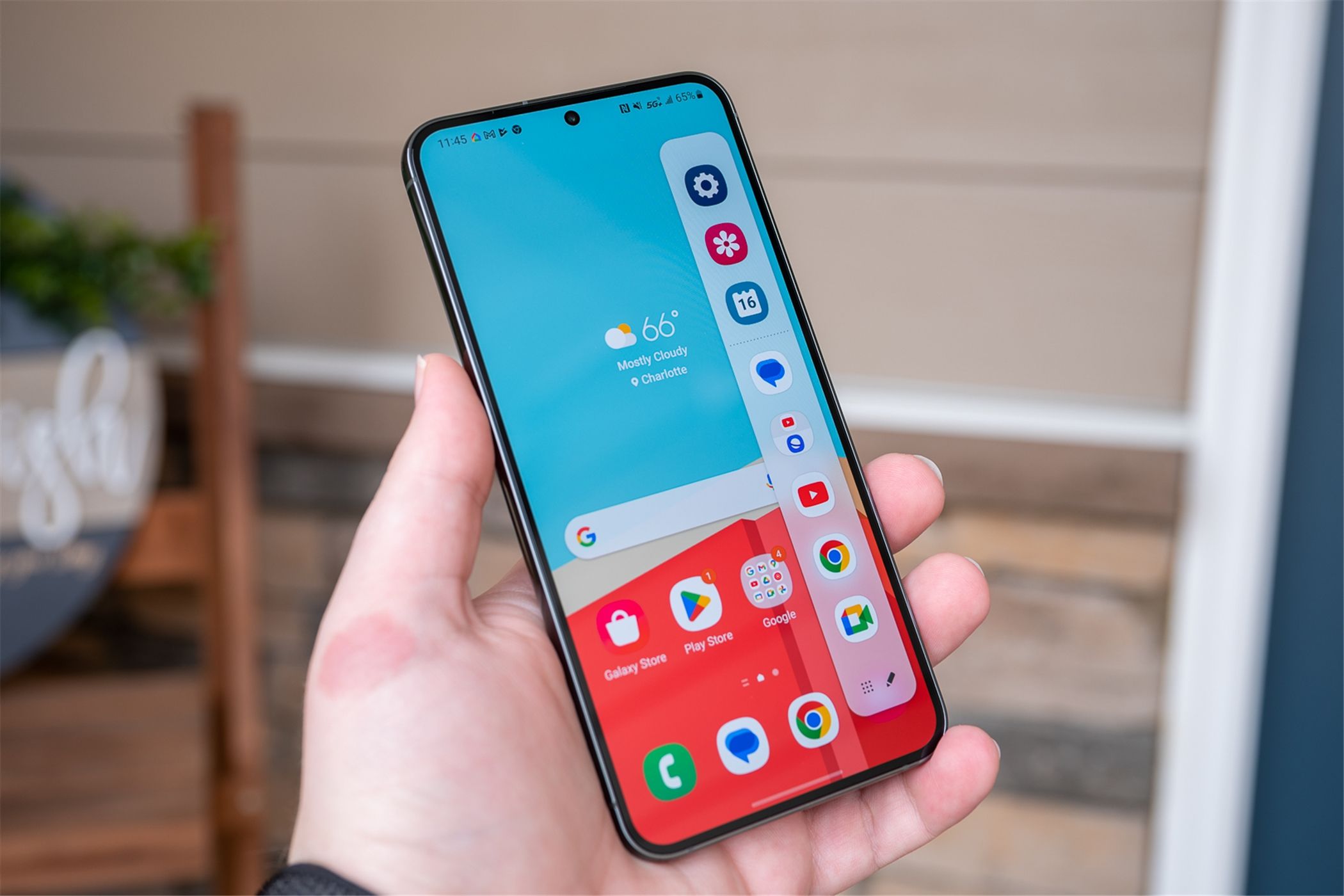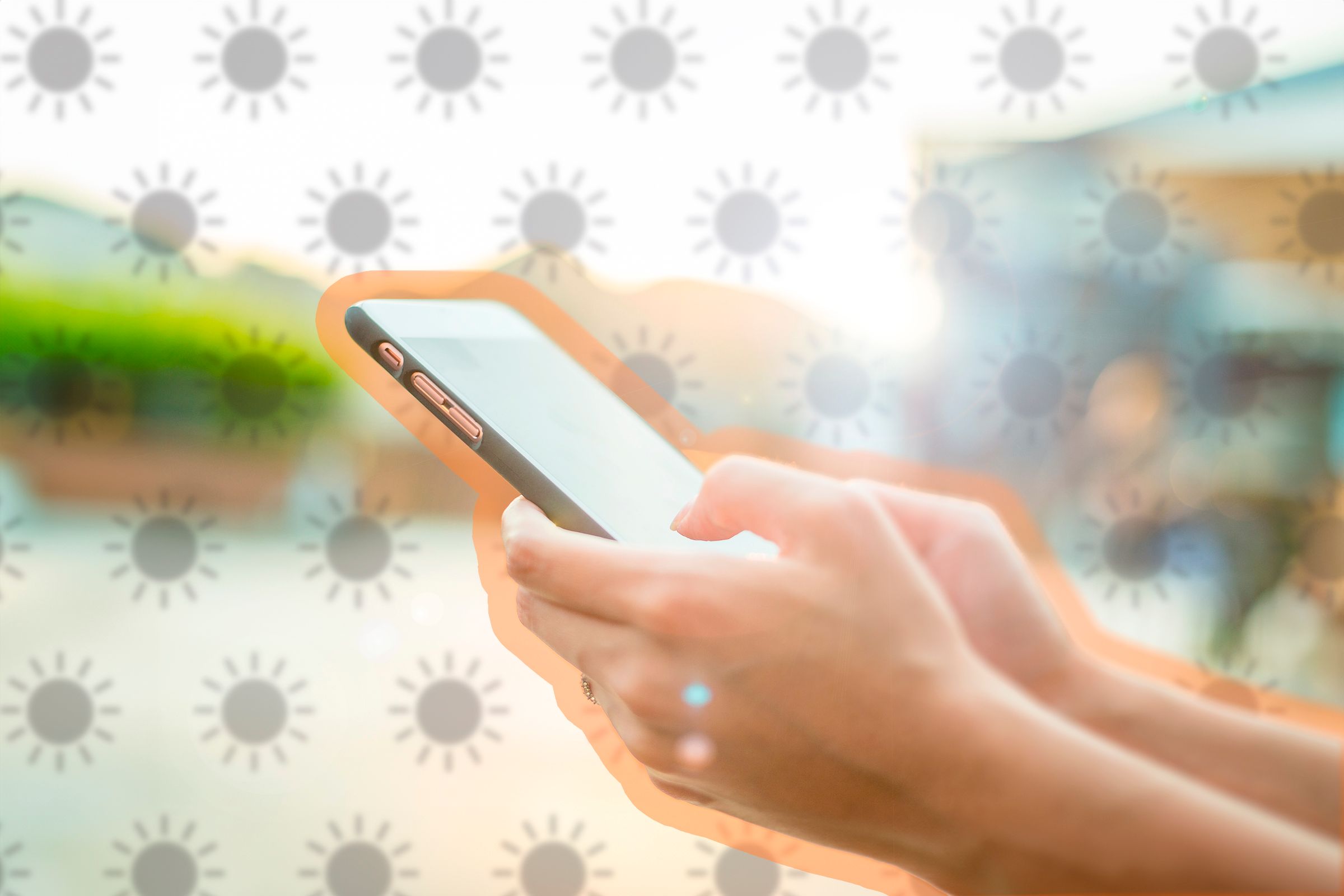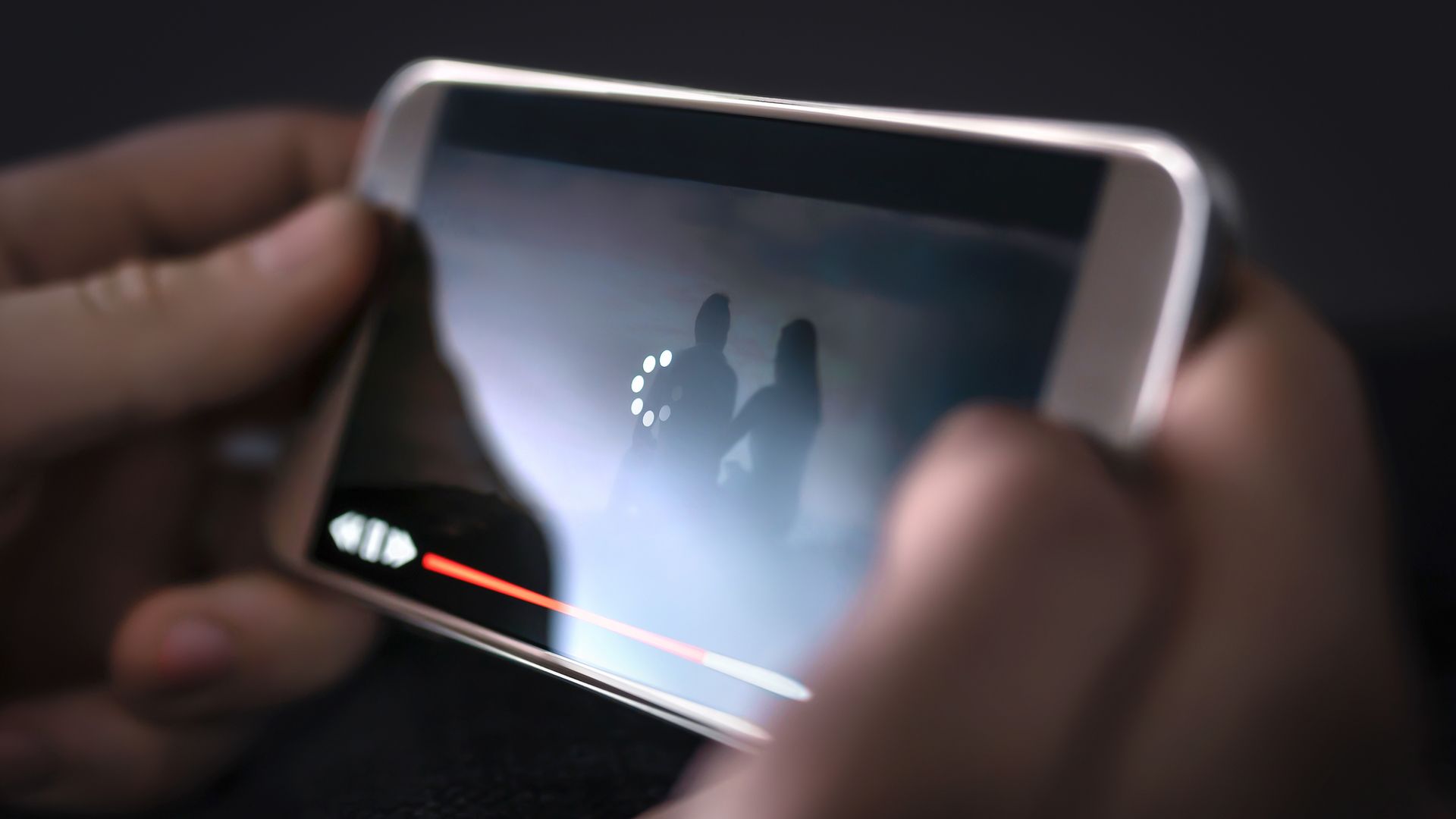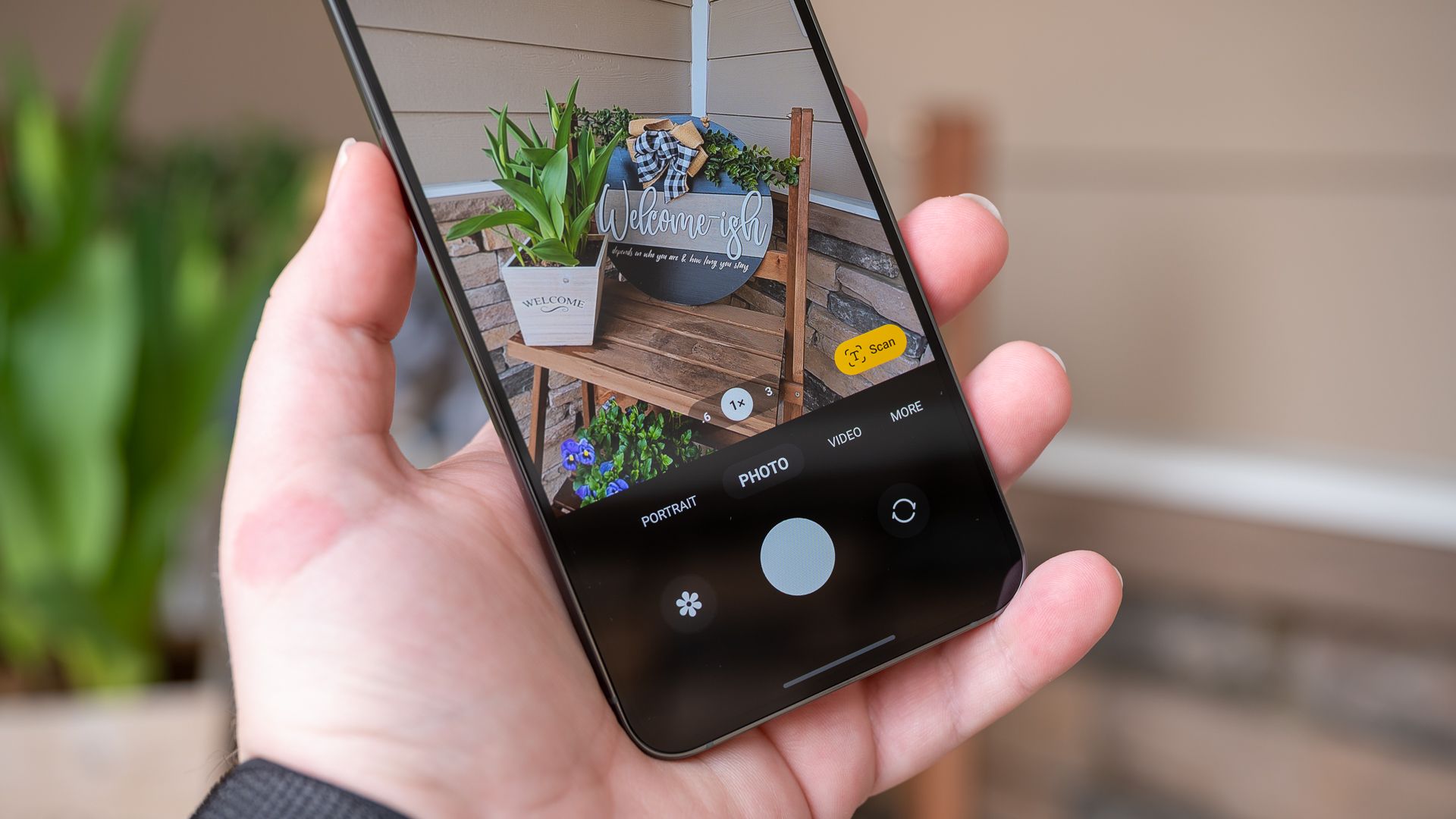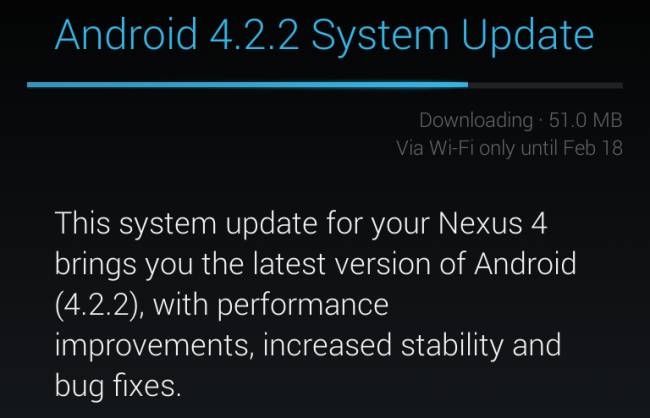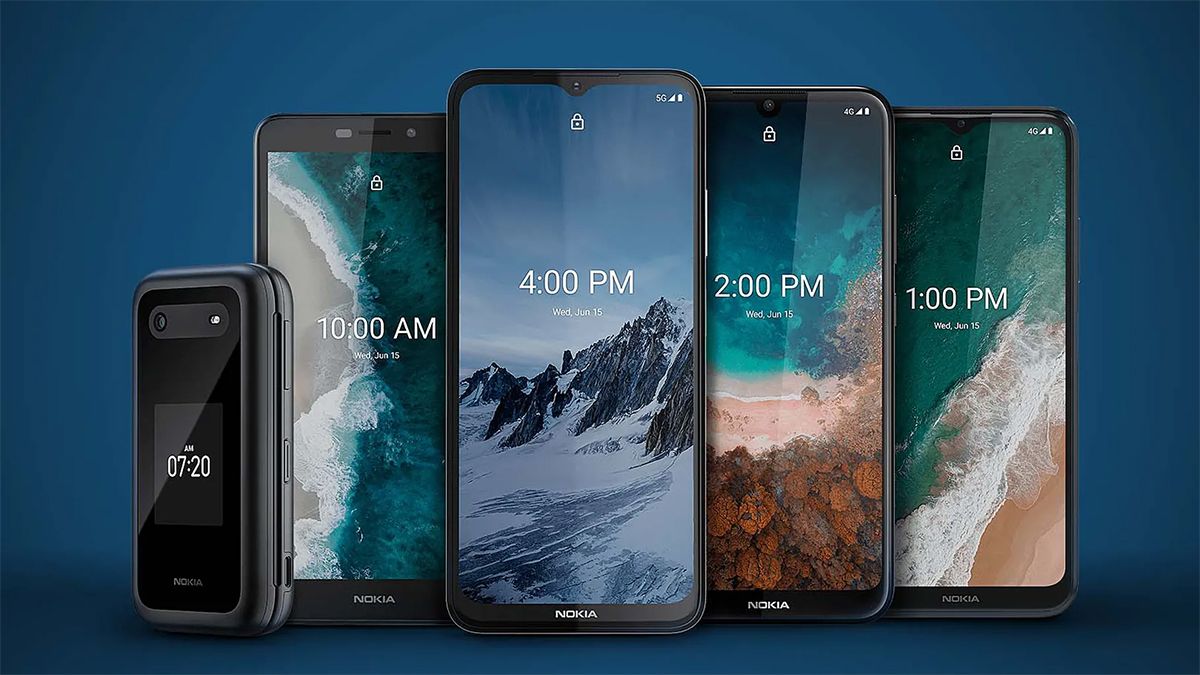My Android Phone Is 4 Years Old: Here Are the Signs It’s Getting Too Much
Android Phones & Tablets
Quick Links
-
The Touchscreen Input Lags
-
Apps Are Slow (Or Outright Don’t Work)
-
Slow Internet Speeds
-
Camera Difficulties
-
Security Updates Are Nearing Their End
-
All the Help Guides Are Old and Outdated
-
To Upgrade or Not To Upgrade? The Choice Is Yours
Even the best Android device will eventually get old. My present smartphone is an LG K41S. It was good when it was new, but now at the four-year mark since its release, the performance issues are non-stop. Upgrading is what makes the most sense. If your Android device is getting on, here are the issues to look out for.
The Touchscreen Input Lags
In the past year or two, the touchscreen on my Android phone has become increasingly sluggish. If you have an older model phone, you may be suffering through the same experience. If you’re lucky, restarting the device will resolve the issue. But if you’re not, you’ll be stuck with unpredictable and disruptive input delays when using your phone.
The cause of touchscreen issues could be a software error. Most of the time, it’s down to not having the processing power to fulfill simultaneous app requests. Having multiple apps open is often enough to cause my touchscreen to become completely unresponsive.
If you’re dealing with something similar, you can try recalibrating the touchscreen in your phone settings. That said, it’s rare for an Android phone’s touchscreen to require recalibration. However, if you recently dropped your phone or if it’s physically damaged, this may be what it needs.
My LG K41S is still in near-perfect condition. So it didn’t surprise me that when I recalibrated the touchscreen, it didn’t fix anything. The sluggishness remains.
Apps Are Slow (Or Outright Don’t Work)
Apps regularly update with new features and security fixes. That’s a good thing, of course, but these updates sometimes require faster processing from the phone to run smoothly.
While some apps may not work at all on an old Android device after updating, a more likely problem is that you’ll encounter apps that become increasingly slow. At first, they may take a few extra seconds to open. Eventually, an app that used to work fine will start to freeze and then require a restart. This constant crashing can be tremendously frustrating!
Trying to open an app on a smartphone and having it be slow is one thing. An app that won’t work altogether is another. Whether you are trying to play a game, write an email, take a photo, or check your bank account, you expect your Android device to have the processing power to carry out the task.
Unfortunately, unresponsive apps are a constant reality with my LG phone. It’s hard not knowing if an app will work or not at any given moment.
Slow Internet Speeds
An older Android device may have limited internet speeds due to outdated software. For me, this is not necessarily the worst part of owning a four-year-old phone, but it’s still noticeable. Comparatively, newer Android smartphones have more advanced components and can handle faster speeds on 4G LTE and 5G networks.
How equipped your phone is will be a determining factor of how fast your internet is. What often appears as slow internet may simply be evidence of a back-end processor that’s struggling.
With my phone, its slow Internet has actually turned me away from using the browser. If there is information that I need to look up, I use my laptop instead. There is no easy solution for slow internet speeds on an Android phone other than to close everything you have open at the time when you want to use the browser and hope for the best.
Camera Difficulties
At one time, your old phone camera might have been exceptionally impressive—mine was—but eventually, new cameras will surpass it.
A slowdown in the Camera app is common with older Android devices. Your camera might take a few extra seconds to open. It may struggle with certain features or in applying filters. Your camera may even pause or shut down when trying to take a photo. The first time that happened with my LG—just wow.
With my phone, even when it can take a photo, the image often appears blurred because of how slow the capture was. There is no way you’re going to get the best quality photos from a camera on an old Android device.
This is one of the most infuriating aspects of owning an older phone. I can’t tell you how many memorable moments with family and friends that I don’t have clear pictures for because they either came out blurry or the Camera app didn’t open at all.
If you’re not sure about the quality of photos taken on your Android phone, just compare your photos to a friend’s images. If your camera is aging, like mine is, you may be shocked by the amount of detail you’re missing.
Security Updates Are Nearing Their End
Android OS updates offer security patches and bug fixes that keep your Android safe and protected from potential breaches. Android receives major operating system updates at least once a year, but security updates occur more frequently.
However, there is an end-date to when your device will stop receiving OS and security updates. This depends on the manufacturer and how old your phone is, but typically it’s between four and seven years of its manufacturing date.
These updates are crucial to the security of your Android device. If you are nearing the end of receiving these updates, for the sake of your security, you should upgrade to a newer smartphone.
All the Help Guides Are Old and Outdated
While help guides for older Android devices are readily available, they rarely take into account new advancements and updated functionality.
When you start to encounter performance issues, like I did, you might search for “How to make my smartphone faster” or “How to optimize my Android” and discover all sorts of strategies users employ to get the most from their smartphone. They’re excellent tips, but they often don’t apply to much older phones.
When I started to investigate what was going on with my LG phone, I found plenty of help guides and forum threads. Due to the age of the device, however, they didn’t really address the current performance issues I was having.
At this point, even if you’ve only been dealing with half of what’s been mentioned, you’re left with only one option. Admit that your Android phone is no longer cutting it. Search out a more advanced Android device.
To Upgrade or Not To Upgrade? The Choice Is Yours
An LG K41S was never a high-end Android smartphone. A more advanced Android device with four years of use behind it may not have the same performance issues that my device has. Eventually though, regardless of how optimized it is, you will want to upgrade your phone to something more advanced.
There’s merit in paying less attention to the physical age of the device and putting more emphasis on how well your Android phone is performing. So long as an older phone is fast, responsive to input, and protected from malware, keep using it. This is why refurbished Androids work!
Just keep in the back of your mind that there will come a day when—whether it’s a Samsung Galaxy, Google Pixel, LG Oppo, or Huawei—the best thing you can do for your Android device and your own sanity is to upgrade to a more current model. For me, that day’s come.









